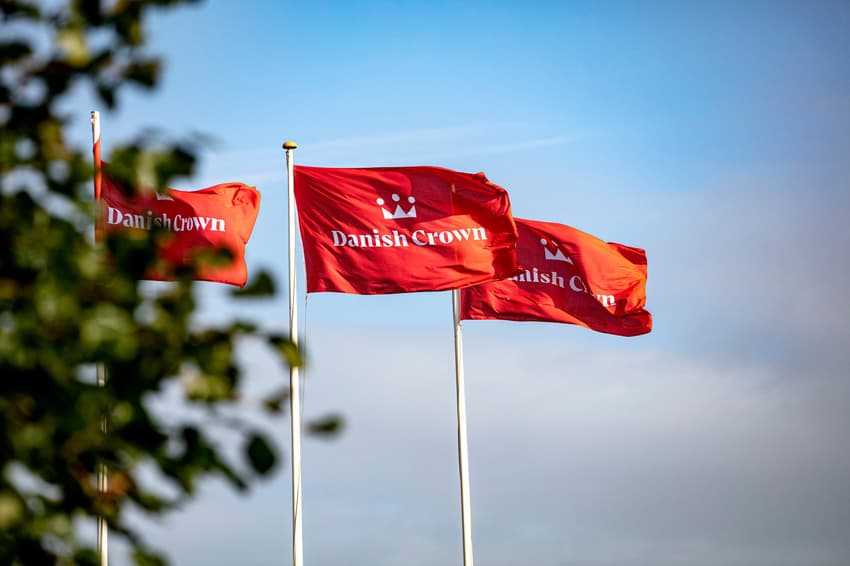Danish meat producer announces 350 redundancies

Danish Crown, Denmark’s largest producer of meat, is to release 350 employees due to financial challenges, the company said.
Financial problems suffered by farmers who supply pigs to the company are behind the decision to let staff go, Danish Crown said in a statement on Friday.
Two Danish Crown abattoirs are affected. Around 275 are to lose their jobs at Sæby, while another 75 at a factory in Ringsted are also to be let go. Danish Crown currently employs around 8,000 people in Denmark.
Poor economy in the production side of the business is to blame for the decision, the company said.
“This is a very unpleasant situation. The employees affected by this have produced excellent work. Since autumn 2020 and until a few weeks ago we have almost constantly had more slaughter-ready pigs than we could slaughter,” head of production Per Laursen said in the statement.
“But the situation now looks different and it hurts to see that we now are set to say farewell to around 350 competent staff,” he said.
High energy prices are a factor in the financial struggles that have led to the redundancies, as are increasing costs of feed. These have caused many farmers to scale back or stop production of pigs for meat production.
Statistics Denmark figures show that the number of pigs in Denmark fell by almost one million during the last year. 13.4 million pigs – more than double the number of people – lived in Denmark in January 2021 according to the agency’s records.
Data from industry organisation Danish Agriculture & Food Council (Landbrug & Fødevarer)
Show additional energy costs for the sector of 20 million kroner compared to 2021, financial media Finans reported on Thursday.
Danish Crown said it will invite released staff to interviews to discuss future options. The company is obliged to launch a social plan when firing large numbers of staff under the terms of its agreement with trade unions.
Comments
See Also
Financial problems suffered by farmers who supply pigs to the company are behind the decision to let staff go, Danish Crown said in a statement on Friday.
Two Danish Crown abattoirs are affected. Around 275 are to lose their jobs at Sæby, while another 75 at a factory in Ringsted are also to be let go. Danish Crown currently employs around 8,000 people in Denmark.
Poor economy in the production side of the business is to blame for the decision, the company said.
“This is a very unpleasant situation. The employees affected by this have produced excellent work. Since autumn 2020 and until a few weeks ago we have almost constantly had more slaughter-ready pigs than we could slaughter,” head of production Per Laursen said in the statement.
“But the situation now looks different and it hurts to see that we now are set to say farewell to around 350 competent staff,” he said.
High energy prices are a factor in the financial struggles that have led to the redundancies, as are increasing costs of feed. These have caused many farmers to scale back or stop production of pigs for meat production.
Statistics Denmark figures show that the number of pigs in Denmark fell by almost one million during the last year. 13.4 million pigs – more than double the number of people – lived in Denmark in January 2021 according to the agency’s records.
Data from industry organisation Danish Agriculture & Food Council (Landbrug & Fødevarer)
Show additional energy costs for the sector of 20 million kroner compared to 2021, financial media Finans reported on Thursday.
Danish Crown said it will invite released staff to interviews to discuss future options. The company is obliged to launch a social plan when firing large numbers of staff under the terms of its agreement with trade unions.
Join the conversation in our comments section below. Share your own views and experience and if you have a question or suggestion for our journalists then email us at [email protected].
Please keep comments civil, constructive and on topic – and make sure to read our terms of use before getting involved.
Please log in here to leave a comment.